
AeroGenie — Votre copilote intelligent.
Tendances
Categories
Initial Probe Points to Cause of AI 171 Crash After 15-Second Mayday Call
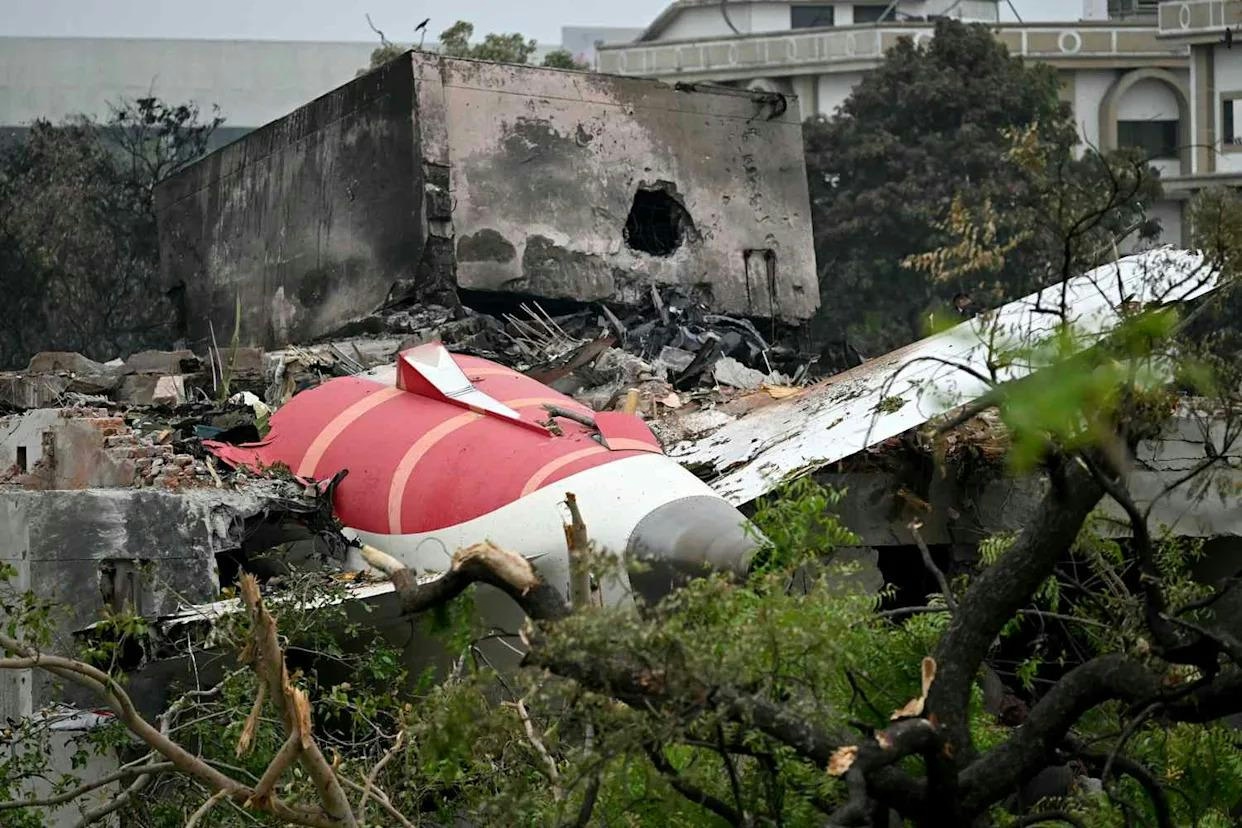
Initial Probe Points to Power Failure as Cause of AI 171 Crash After 15-Second Mayday Call
An initial investigation into the crash of Air India Flight AI 171 has identified a sudden power failure in the aircraft’s main electrical system shortly after takeoff as the probable cause of the disaster. The Boeing 787 Dreamliner, carrying 242 passengers and crew, crashed moments after departing Ahmedabad Airport, descending rapidly at a rate of 475 feet per minute after reaching an altitude of just 625 feet.
The Mayday Call and Immediate Response
As the aircraft began to lose altitude, Captain Sumeet Sabharwal and co-pilot Clive Kundar issued a brief but urgent “Mayday” distress call to Air Traffic Control (ATC), stating, “Mayday… no thrust, losing power, unable to lift.” Captain Sabharwal, a seasoned pilot with over 8,200 flying hours, made the call only 15 seconds before the plane impacted the ground. Despite ATC’s attempts to re-establish communication, no further contact was made, leaving a very narrow window for any emergency response.
The Mayday call, derived from the French term “m’aider” meaning “help me,” is the highest level of distress signal in aviation and has been the international standard since 1927. It is reserved for life-threatening emergencies requiring immediate assistance.
Investigation and Technical Findings
India’s Aircraft Accident Investigation Bureau (AAIB) is leading an independent inquiry into the crash. Investigators have recreated the incident using flight simulators, replicating conditions such as the landing gear being down and wing flaps engaged. These simulations did not result in a crash, indicating that a more critical failure likely occurred.
Evidence suggests a possible dual engine failure, as the aircraft’s emergency power system, known as the Ram Air Turbine (RAT), was deployed by the pilots. The activation of the RAT typically signals a loss of engine power or a complete electrical failure. Although dual engine failures are exceedingly rare, investigators have not dismissed this possibility. The ongoing recovery and analysis of the second “black box” flight recorder are expected to provide more conclusive information.
Broader Implications and Ongoing Inquiry
The crash carries significant consequences for Air India, including potential reputational damage, financial losses, and operational disruptions. It is also expected to trigger heightened scrutiny and possible regulatory reforms within India’s aviation sector. Boeing, as the manufacturer of the aircraft, may face reputational and legal challenges as the investigation progresses.
CCTV footage widely circulated online shows the aircraft taking off from Runway 23 before unexpectedly descending and veering over a residential area, followed by a massive explosion and a plume of black smoke at the crash site. Flight tracking data confirmed that the aircraft lost contact just seconds into its planned 4,200-mile journey to London’s Gatwick Airport.
Investigators are also reviewing a previous takeoff incident involving the same route to Gatwick from five years ago as part of their efforts to determine the full cause of the crash. The findings from this ongoing investigation are anticipated to influence future safety protocols and regulatory oversight in both Indian and international aviation.
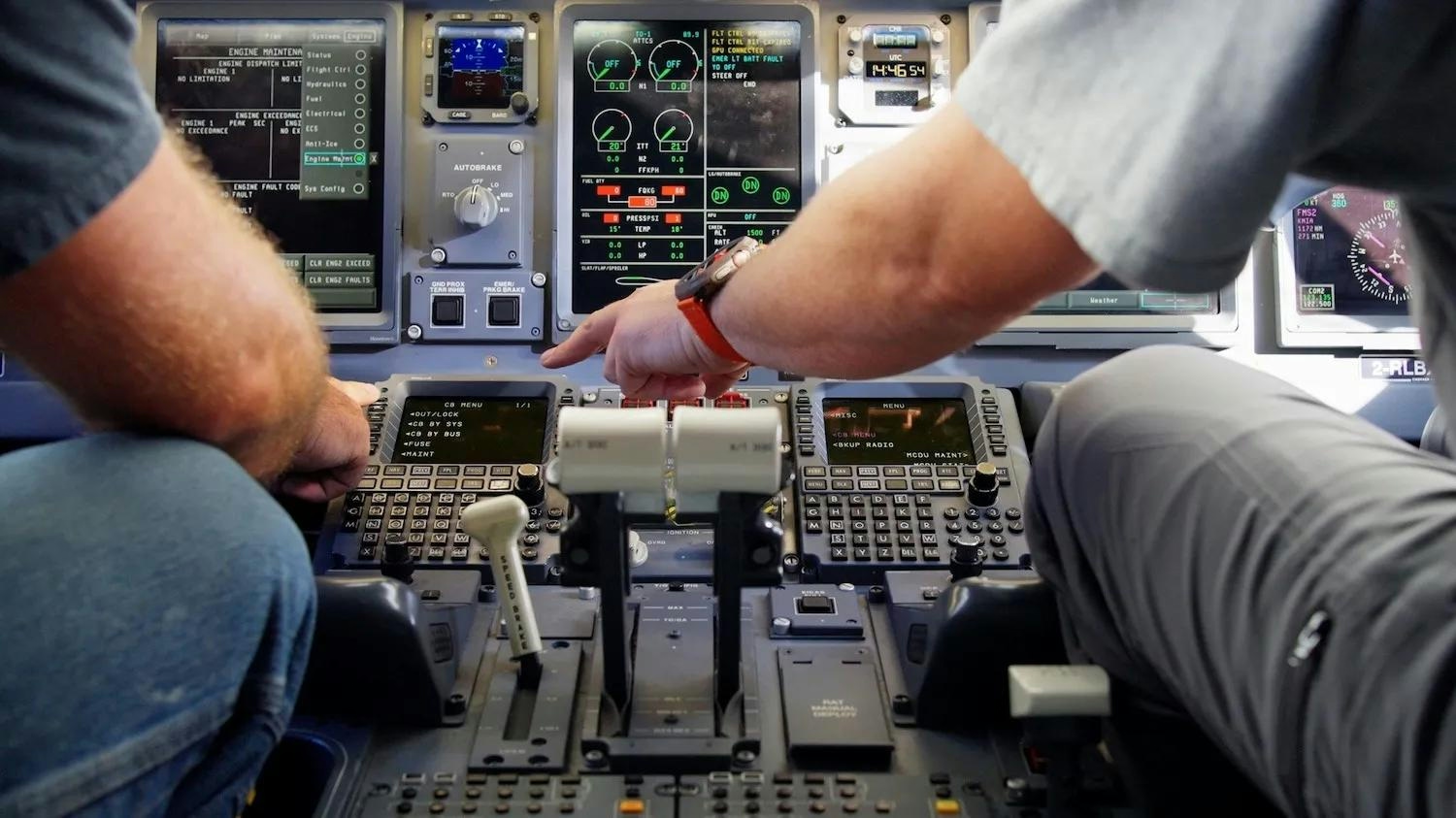
SkyWest Expands Maintenance Operations in Salina
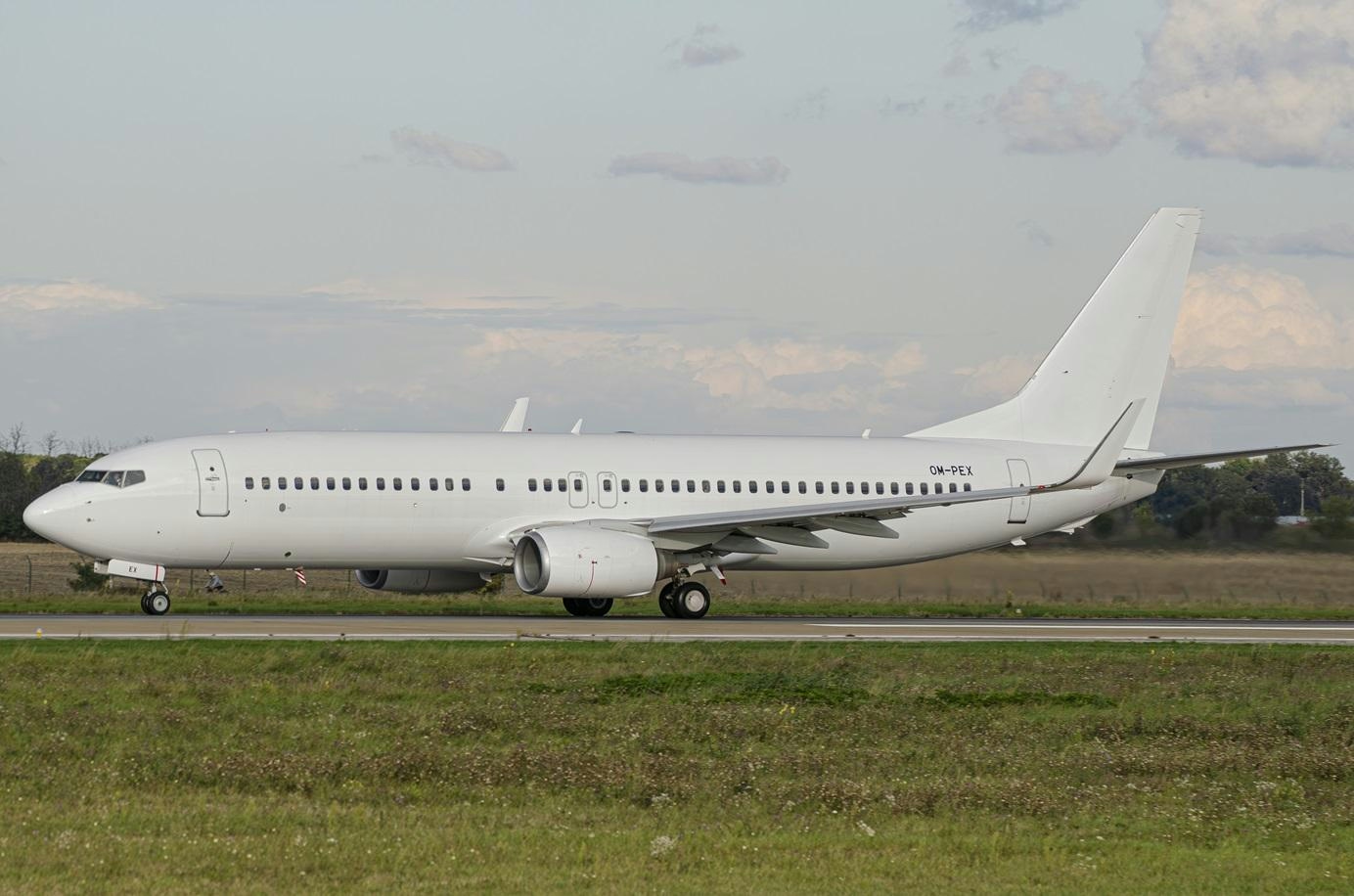
Nigeria’s Air Peace Wet-Leases Additional Boeing 737-800
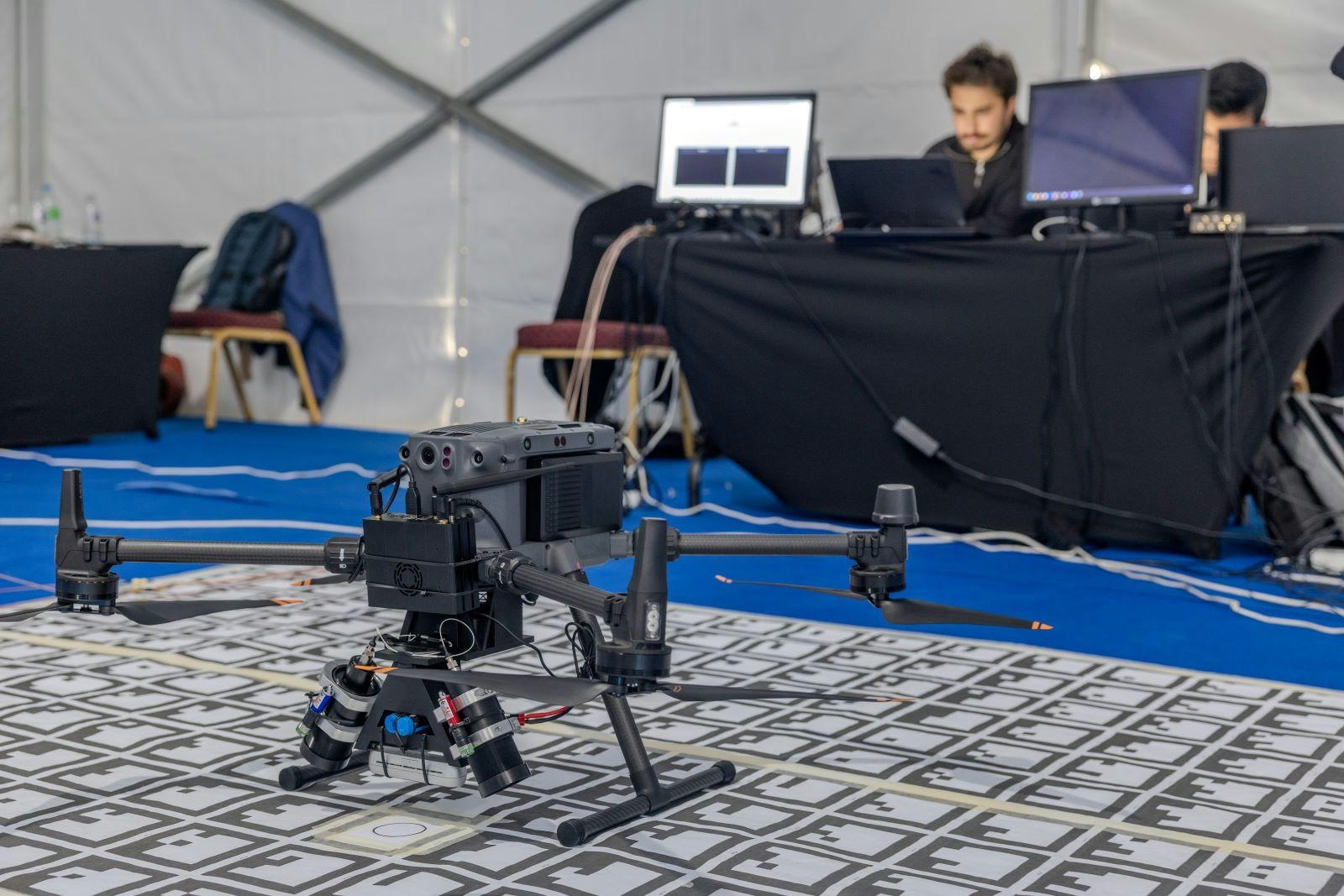
Industry Leaders to Discuss AI’s Impact at SATEC 2026

Ho Chi Minh City Launches Drone Delivery Pilot Program
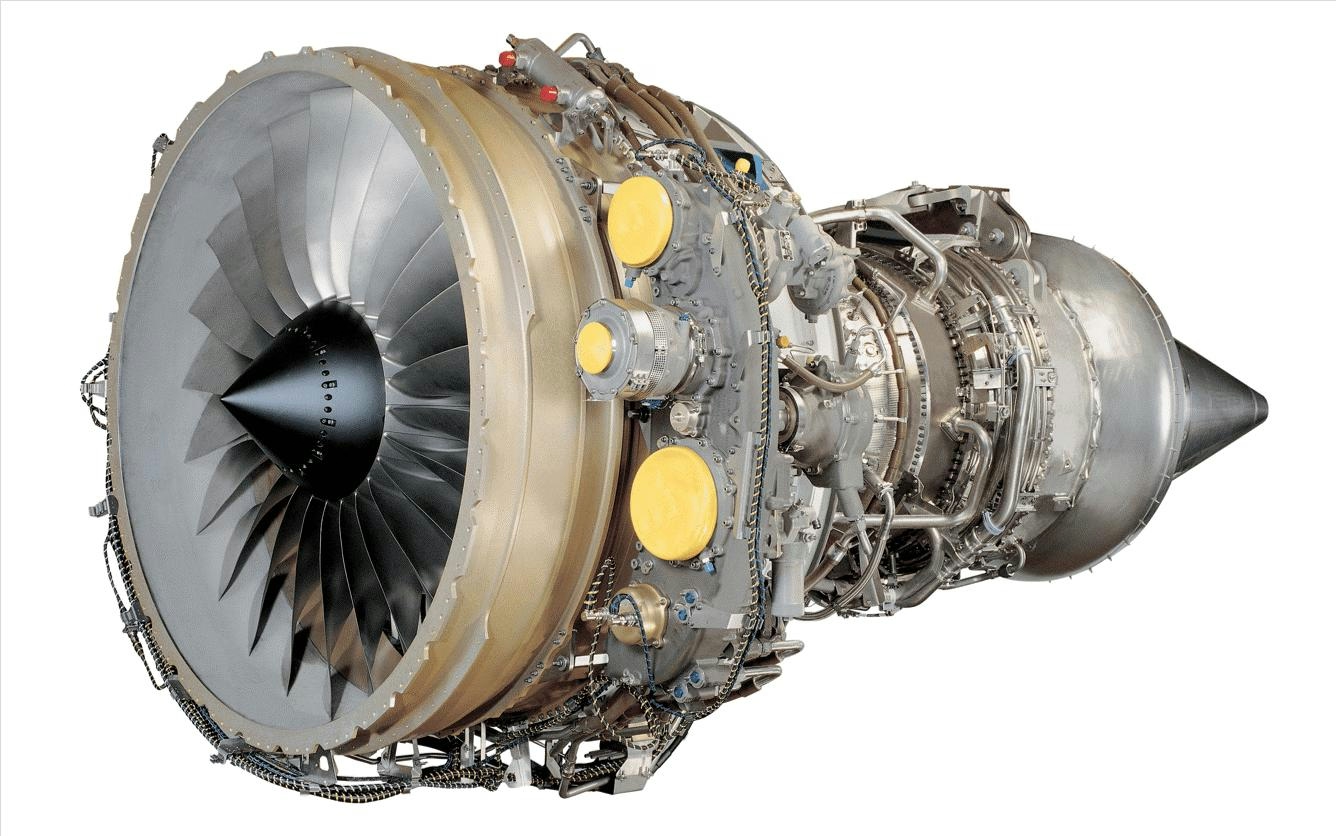
APOC Aviation Acquires CF34-10E Engine for Teardown

Growth in Aerospace Adhesives and Sealants Driven by Innovation and Aviation Expansion
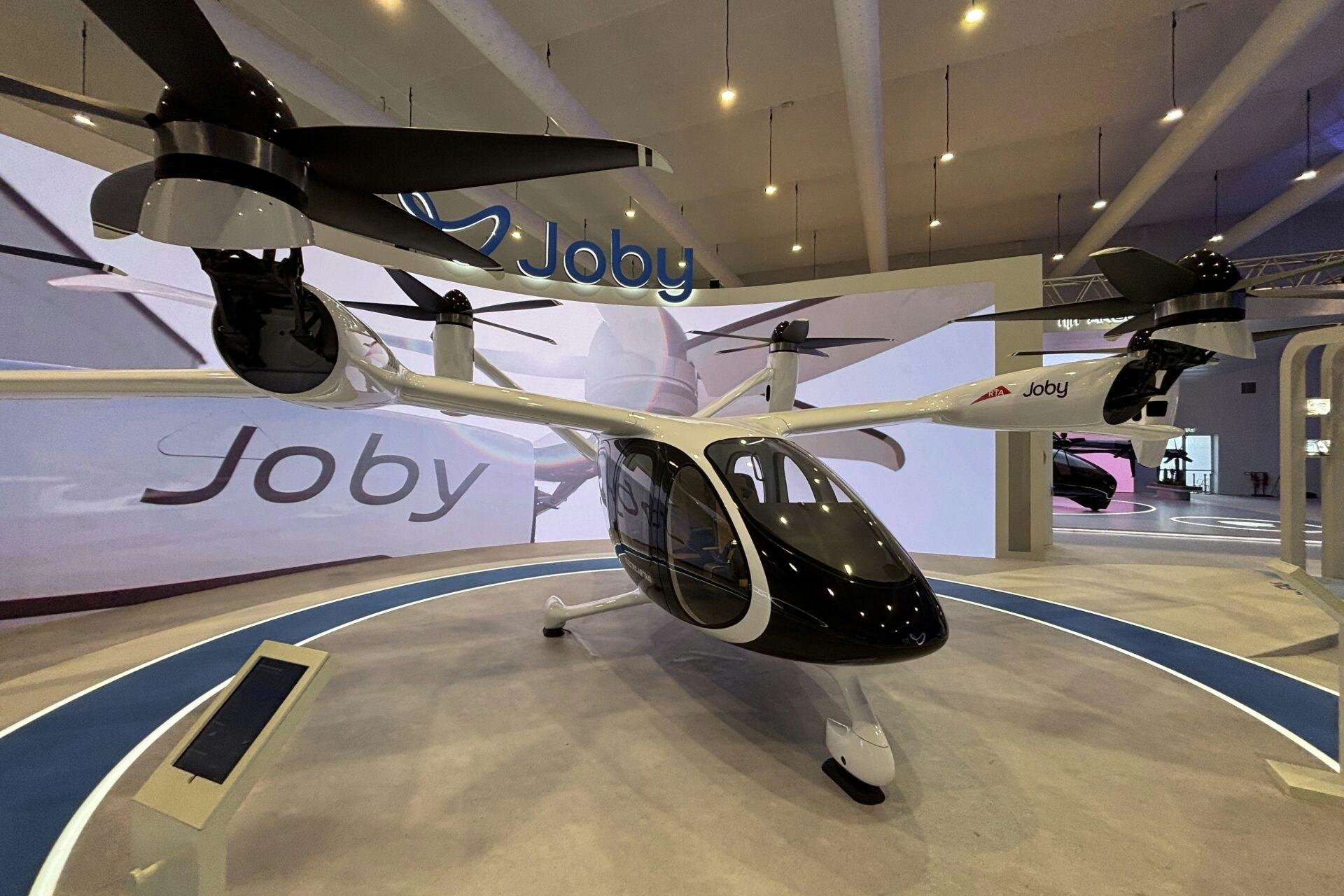
UAE Plans to Launch First Flying Taxi Service
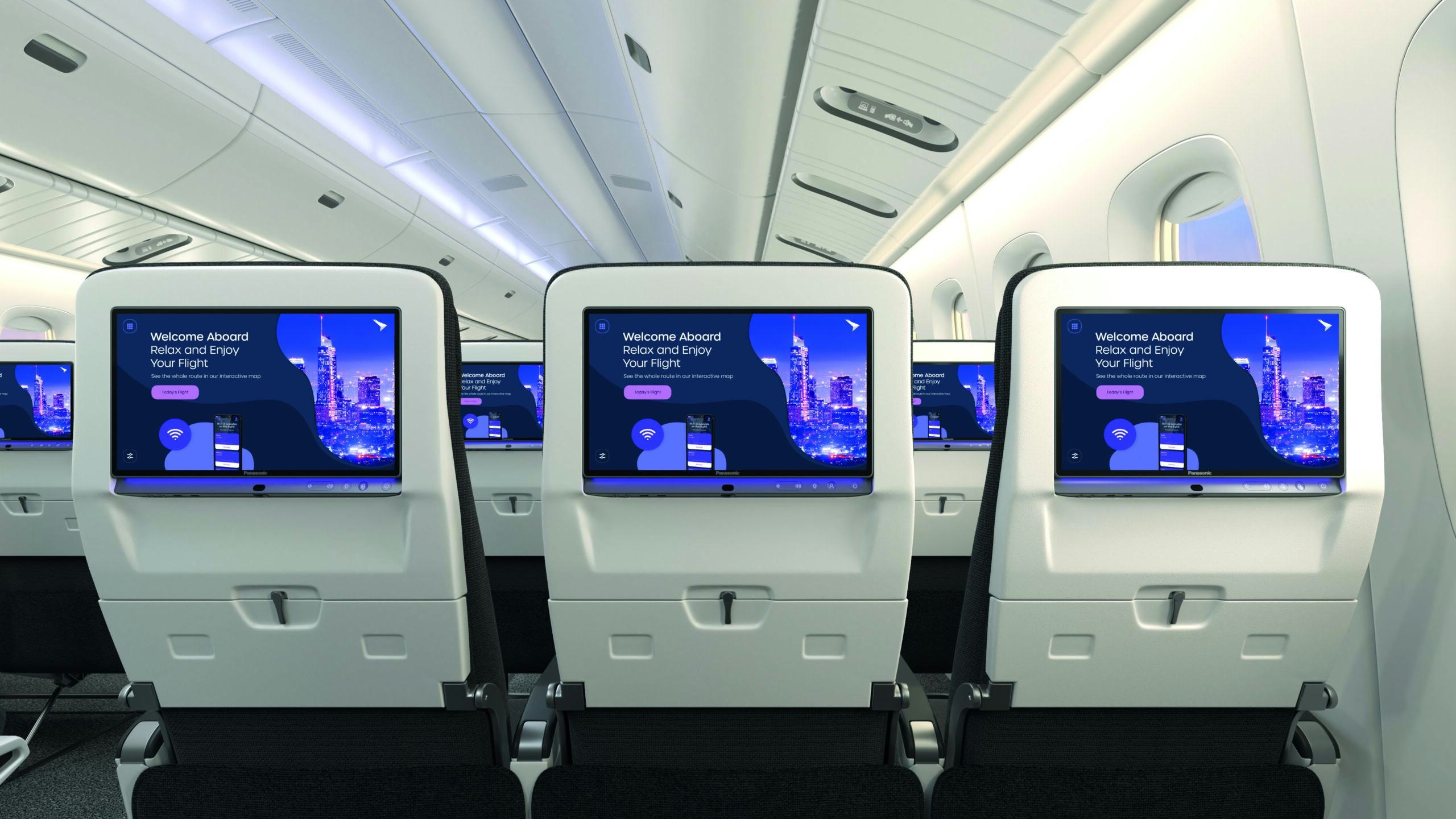
Alex Wilcox, Co-Founder and CEO of JSX, Redefines Regional Air Travel Through Customer-First Innovation
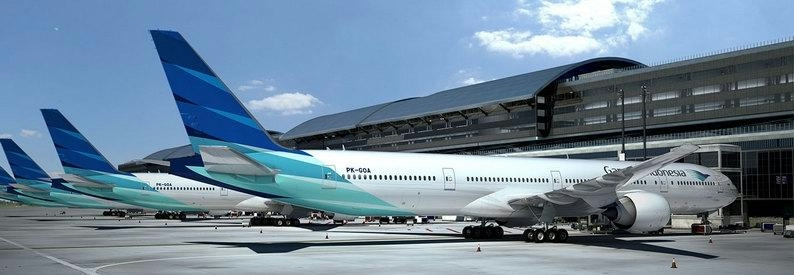
Garuda Indonesia MRO Unit Completes $332 Million Land Injection
